Global Demand for Bulk Persian Borage for Export
The market for bulk Persian borage for export continues to grow, with increasing demand from herbal tea producers, natural medicine manufacturers, and bulk herb distributors. At ACPFOOD, we provide high-quality gol gav zaban wholesale to international buyers seeking authentic Iranian borage supplier services. Our carefully dried borage leaves wholesale retain their natural aroma, vibrant color, and potent properties, making them a preferred choice for Echium amoenum wholesale in the food, beverage, and pharmaceutical sectors worldwide.
GENERAL DATA
Plant parts: Leaves, flowers, flower hydrosol and honey
Cultivation mode: Wild collection\Cultivated
In manufacturing: Pharmaceutical, oil, beverages, cosmetics, synthetic food dyes, extract, perfumery.
In food: Tea, dessert, jams, spices, salad, soup.
Industries That Use Persian Borage (Gol Gav Zaban)
Here’s a professional and structured breakdown for Persian Borage, also known as Gol Gav Zaban, derived from the Echium amoenum plant, a native flowering herb of northern Iran and the Caucasus region.
🌿 What Is Persian Borage?
Persian Borage is a medicinal and ornamental herb known for its vibrant blue to violet petals and soothing properties. It is traditionally consumed as a relaxant herbal tea and used in Persian folk medicine to support mood, immunity, and respiratory health.
The plant contains flavonoids, mucilage, rosmarinic acid, and gamma-linolenic acid (GLA), which contribute to its therapeutic and cosmetic applications.
1. Pharmaceutical & Traditional Medicine Industry
Widely used in traditional Persian, Islamic, and folk medicine systems for its calming, anti-inflammatory, and antidepressant effects.
Anxiolytic & Antidepressant:
-
Used for mild depression, stress, and mood imbalances
-
Appears in herbal sedatives and mental wellness teas
Respiratory Support:
-
Calms sore throats and dry coughs
-
Often paired with honey in traditional remedies
Anti-inflammatory & Antioxidant:
-
Supports immune response and reduces cellular stress
-
Used in treatments for fever and mild infections
✅ Common forms: herbal infusions, decoctions, capsules, and syrups
2. Herbal & Nutraceutical Industry
Used in wellness blends that emphasize nervous system support, sleep quality, and immune health.
Included in:
-
Sleep-enhancing teas and tinctures
-
Adaptogenic and calming herbal blends
-
Immune support formulas with elderberry or chamomile
✅ Often combined with lemon balm, valerian, or lavender
3. Tea & Beverage Industry
Highly valued in gourmet and functional beverage formulations.
Caffeine-free calming tea:
-
A signature item in Iranian tea culture
-
Also featured in specialty tea blends globally
Colorful infusion:
-
Its natural anthocyanins give a purple-blue hue
-
Used in visual appeal teas or color-changing herbal drinks
✅ Sold loose-leaf or in tea bags for specialty stores
5. Perfumery & Aromatherapy Industry
Though not a major source of essential oil, Persian borage is used in natural fragrance blends and wellness products.
Uses include:
-
Herbal sachets and pillow sprays for relaxation
-
Aromatic bath blends
-
Botanical incense or potpourri
✅ Valued more for botanical infusion than as a volatile oil
6. Ethnic, Organic, & Export Markets
An essential item in Persian diaspora markets and traditional wellness retailers.
Commonly exported as:
-
Dried whole flowers
-
Tea blends and gift sets
-
Bulk supplies for apothecaries and herbal shops
✅ Popular in ethnic supermarkets, herbal boutiques, and e-commerce wellness platforms
7. Academic & Scientific Research
Active research focuses on its phytochemical profile and therapeutic potential.
Key research areas:
-
Anxiolytic and sedative properties
-
Antioxidant and anti-inflammatory effects
-
Natural sources of gamma-linolenic acid (GLA)
✅ Often studied for integration into modern phytotherapy
✅ Summary of Key Applications
| Industry | Common Uses |
|---|---|
| Pharmaceutical & Traditional | Herbal sedative, cough remedy, immune tonic |
| Herbal & Nutraceutical | Sleep teas, adaptogens, antioxidant supplements |
| Tea & Beverage | Caffeine-free herbal tea, colorful blends, traditional infusions |
| Cosmetic & Personal Care | Anti-redness skincare, calming masks, bath soaks |
| Perfumery & Aromatherapy | Botanical sachets, relaxation sprays, herbal incense |
| Ethnic & Export Markets | Bulk dried petals, Persian tea kits, ethnic wellness products |
| Academic Research | Studies on GLA, flavonoids, mood and immune health |
🌱 Key Features:
-
100% wild-harvested or organically grown dried petals
-
High in flavonoids and calming mucilage
-
Popular in traditional Persian and integrative medicine
-
Multifunctional use across food, wellness, and skincare sectors
🌿 Industries That Use Persian Borage Leaves (Echium amoenum)
Persian Borage (Echium amoenum) is a native Iranian plant widely revered in Persian traditional medicine, wellness products, and herbal teas. While its vibrant flowers are well known, the leaves of Echium amoenum also offer therapeutic potential due to their mucilage, phenolic compounds, and mild demulcent effects.
The leaves are typically harvested during early to mid-growth stages and dried for use in herbal decoctions, topical applications, or functional blends.
✅ 1. Pharmaceutical & Herbal Medicine Industry
Applications:
-
Demulcent and Soothing Agent
Helps relieve sore throat, mouth dryness, and digestive tract irritation. -
Anti-inflammatory and Respiratory Support
Used in herbal decoctions for managing mild cough, bronchitis, and inflammation. -
Sedative and Nervine
In traditional Persian medicine, the leaves (often along with flowers) are used to reduce nervous tension and restlessness.
✅ Formats:
Dried leaves (whole or crushed), decoction blends, powdered form for capsules.
✅ 2. Functional Tea & Beverage Industry
Applications:
-
Herbal Tea Ingredient
The leaves add body and smoothness to floral teas, especially blends including Echium flowers, Lemon Balm, or Chamomile. -
Detox and Relaxation Blends
Often included in stress-relief tisanes and detox drinks in traditional herbal shops.
✅ Formats:
Loose dried leaves, herbal infusion bags, blended herbal tea mixes.
✅ 3. Cosmetics & Personal Care Industry
Applications:
-
Anti-inflammatory Skincare
Leaf extracts are used for gentle skincare products targeting irritation or redness. -
Hair Soothing Rinses
Decoctions from the leaves may be added to natural hair rinses to calm the scalp and add shine.
✅ Formats:
Leaf extract, infused oil, dried leaf powder for masks and rinses.
✅ 4. Nutraceuticals & Botanical Supplements
Applications:
-
Mild Nervine Support
Included in calming blends and natural sleep aids for its soothing effect. -
Digestive Comfort
Used as a gentle support for digestion and to reduce bloating.
✅ Formats:
Powdered leaf capsules, blend-in sachets, bulk powder for compounding.
✅ 5. Traditional & Ethnic Medicine Markets
Applications:
-
In Iranian Traditional Medicine (ITM), Persian Borage leaves are combined with other herbs to make decoctions for cough, melancholy, and fevers.
-
Sold in herbal bazaars and Persian apothecaries for home remedies.
✅ Formats:
Dried whole leaves, herbal medicine kits, traditional mixtures.
✅ 6. Organic & Health Food Stores
Applications:
-
Marketed as part of organic dried herb lines.
-
Added to bulk tea blends and sold in health-oriented retailers focusing on clean-label, local botanicals.
✅ Formats:
Retail herb packs, organic labeled loose-leaf blends.
🔍 Summary of Key Applications
| Industry | Common Uses |
|---|---|
| Pharmaceutical & Herbal | Respiratory and digestive support, mild anti-inflammatory use |
| Functional Tea & Beverage | Soothing herbal teas and calming infusions |
| Cosmetics & Personal Care | Natural skin and hair calming products |
| Nutraceutical & Supplement | Relaxation, digestion, and wellness blends |
| Traditional & Ethnic Medicine | Persian decoctions for coughs, anxiety, and fever |
| Organic & Wellness Retail | Loose-leaf tea products and bulk herb offerings |
🌟 Key Features
-
🌿 Native to Iran – culturally and medicinally significant
-
💧 Rich in mucilage – soothing for throat and digestion
-
🌱 Natural nervine – gently calming without drowsiness
-
🔬 Contains phenolic acids, flavonoids, and trace alkaloids
-
✅ Caffeine-free – suitable for evening or night use
🌿 Comparison: Persian Borage Flowers vs Leaves
Scientific Name: Echium amoenum Fisch. & C.A.Mey.
Common Name: Persian Borage (Iranian native)
| Feature / Aspect | 🌸 Persian Borage Flowers (Gol Gav Zaban) | 🍃 Persian Borage Leaves (Gavzaban Sabz) |
|---|---|---|
| Plant Part | Dried petals & calyx of violet-blue flowers | Aerial green leaves, usually picked pre-flowering |
| Appearance | Deep violet to bluish-pink petals, papery | Green, soft-hairy, slightly oval or lanceolate |
| Primary Compounds | Rosmarinic acid, flavonoids, anthocyanins, mucilage, gamma-linolenic acid (GLA) | Mucilage, tannins, phenolic acids, trace alkaloids |
| Traditional Use | Nervine, mood enhancer, sedative, heart tonic | Soothing herb for digestive and respiratory issues |
| Taste Profile | Mildly sweet, floral, slightly bitter | Neutral to mildly bitter, earthy |
| Aroma | Delicate, floral, herbal | Mild green-herbaceous |
| Pharmacological Actions | Anti-anxiety, cardiotonic, antioxidant, febrifuge | Demulcent, anti-inflammatory, digestive relaxant |
| Usage in Persian Medicine | Key remedy for sadness, insomnia, nervous tension, heart palpitations | Used for soothing cough, mucosal irritation, and inflammation |
| Preparation Methods | Infusions, herbal teas, extracts, syrups | Decoctions, infusions, topical applications |
| Availability in Market | Widely sold as a premium dried flower in herbal shops | Less common, sold in bulk or in mixed herbal blends |
| Common Industry Applications | Herbal tea, nutraceuticals, Persian folk remedies, mood blends | Functional teas, skincare formulas, demulcent herbal supplements |
| Toxicity Concerns | Generally safe in normal doses; potential PA (pyrrolizidine alkaloids) if overused | Same; contains low PA—use in moderation and with sourcing control |
| Harvesting Time | Spring to early summer (peak bloom) | Early vegetative growth, before flowering stage |
🌟 Summary:
-
Flowers (Gol Gav Zaban) are the primary commercial and traditional part of the plant, especially revered in Persian medicine for emotional, cardiac, and sedative uses.
-
Leaves (Gavzaban Sabz) are less well-known but valued for their demulcent and digestive soothing effects, especially in decoctions.
✅ Both parts are caffeine-free, mild, and widely used in Persian herbalism, often in complementary roles.
PRODUCT NAME IN DIFFERENT LANGUAGES
Persian Name: گل گاوزبان/ Gol Gavzaban
German Name (Deutschland, Austria, Switzerland): Persischer natternkopf
French Name (France, Belgium, Switzerland, Quebec): HARVEST CALENDAR
HARVEST CALENDAR
Feb
Mar
Apr
May
Jun
Jul
Aug
Sep
Oct
Nov
Dec
To order Gol Gav Zaban, please contact us.
Its leaves are almost similar to cow’s tongue. Where the flowers grow, some leaves grow, which are much smaller than the lower leaves of the plant. These leaves are slightly elongated, relatively narrow and pointed. The best leaves of the fresh Persian Borage are thick, pale green and have a surface covered with white dots. Flowers are red, elongated, trumpet-shaped, relatively large and integrated, and the ends of the stems grow in bunches and lines. These flowers turn purple after drying. Persian Borage seeds are small, slightly elongated, gray and slightly glazed.
Iranian Borage Chemical Constituents
Saponin, Flavonoids, Esterol, Terpenoid
To order Persian Borage, please contact us.
5. It strengthens the heart and treats heart disease and heart failure.
6. Boil 5 grams of it with 5 grams of Water Germander, strain and drink that amount 3 days in the morning before breakfast. Treats nephritis.
7. Drink its extract every day. Gradually cures the obsession disorder.
🌺 Nutrition Facts – Persian Borage (Echium amoenum)
Serving Size: 1.5 g (dried petals, typical for infusion)
Calories: ~5 kcal
| Nutrient | Amount per 1.5g | Per 100g |
|---|---|---|
| Total Fat | 0.02 g | 1.5 g |
| • Saturated Fat | 0.003 g | 0.2 g |
| Cholesterol | 0 mg | 0 mg |
| Sodium | 0.5 mg | 35 mg |
| Total Carbohydrate | 1.0 g | 65.0 g |
| • Dietary Fiber | 0.2 g | 13.0 g |
| • Natural Sugars | 0.05 g | 3.5 g |
| Protein | 0.06 g | 4.0 g |
🌿 Phytochemical & Functional Profile (Per 100g):
| Compound / Group | Approx. Content | Functional Role |
|---|---|---|
| Anthocyanins (e.g. cyanidin) | High | Antioxidant, anti-inflammatory, anti-anxiety |
| Gamma-linolenic acid (GLA) (in seeds) | Trace in petals | Hormonal & skin support (more in seed oil) |
| Rosmarinic acid | Present | Neuroprotective, antioxidant |
| Flavonoids | Moderate | Cardioprotective, capillary-strengthening |
| Mucilage | Trace–moderate | Soothing to throat and GI tract |
| Alkaloids (e.g., pyrrolizidines) | Trace–low* | Use with guidance; content varies by harvest & source |
🧬 Vitamins & Minerals (Per 100g):
| Micronutrient | Approx. Content | % DV (per 100g) |
|---|---|---|
| Vitamin C | ~14 mg | 23% |
| Calcium | ~120 mg | 12% |
| Magnesium | ~70 mg | 18% |
| Iron | ~3.5 mg | 20% |
| Potassium | ~390 mg | 11% |
🌺 Persian Borage (Gol Gav Zaban) is renowned in Iranian traditional medicine for its calming, heart-soothing, and anti-inflammatory effects. It’s often prepared as a floral tea for anxiety, insomnia, and cardiovascular support.
⚠️ Some wild or poorly processed sources may contain trace pyrrolizidine alkaloids (PAs); it’s advised to use purified, food-grade petals only, especially for long-term use or in sensitive individuals.
Percent Daily Values are based on a 2,000-calorie diet. Nutrient composition may vary depending on origin, drying, and harvest stage.
🍃 Nutrition Facts – Persian Borage Leaves (Echium amoenum)
Serving Size: 1.5 g (dried leaves, for infusion or decoction)
Calories: ~5 kcal
| Nutrient | Amount per 1.5g | Per 100g |
|---|---|---|
| Total Fat | 0.025 g | 1.7 g |
| • Saturated Fat | 0.004 g | 0.3 g |
| Cholesterol | 0 mg | 0 mg |
| Sodium | 0.6 mg | 40 mg |
| Total Carbohydrate | 1.0 g | 67.0 g |
| • Dietary Fiber | 0.2 g | 14.0 g |
| • Natural Sugars | 0.05 g | 3.2 g |
| Protein | 0.07 g | 4.8 g |
🌿 Phytochemical & Functional Profile (Per 100g):
| Compound / Group | Approx. Content | Functional Role |
|---|---|---|
| Phenolic acids (e.g. rosmarinic acid) | Moderate | Anti-inflammatory, antioxidant |
| Flavonoids (quercetin, apigenin) | Moderate | Vascular protection, immune modulation |
| Tannins | Low–moderate | Astringent, supports digestive tone |
| Mucilage | Present | Soothing to mucous membranes |
| Saponins | Trace | Metabolic and immune support |
| Pyrrolizidine alkaloids (PAs) | Trace–low* | Monitor carefully — may be hepatotoxic in excess |
🧬 Vitamins & Minerals (Per 100g):
| Micronutrient | Approx. Content | % DV (per 100g) |
|---|---|---|
| Vitamin C | ~18 mg | 30% |
| Calcium | ~145 mg | 14% |
| Magnesium | ~75 mg | 19% |
| Iron | ~4.1 mg | 23% |
| Potassium | ~410 mg | 12% |
🍃 Persian Borage leaves are traditionally used in decoctions and poultices for inflammatory and skin conditions. Internally, they are considered mildly sedative, demulcent, and cooling.
⚠️ Due to potential pyrrolizidine alkaloids (naturally occurring in Echium species), long-term or high-dose consumption is not advised without purification or clinical guidance. Not for use in pregnancy or liver conditions.
Percent Daily Values are based on a 2,000-calorie diet. Composition may vary based on region and drying process.
Amoenum leaves purchase, please contact us.
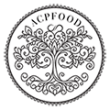


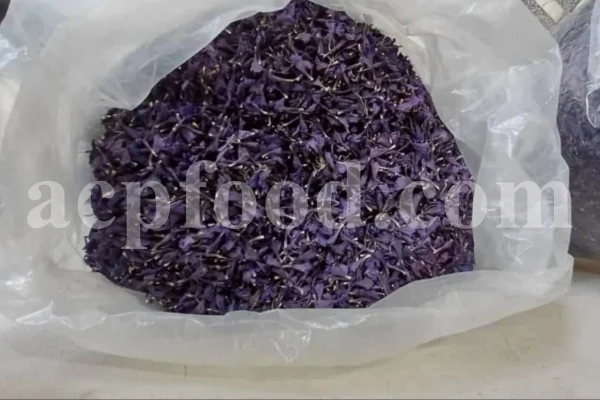
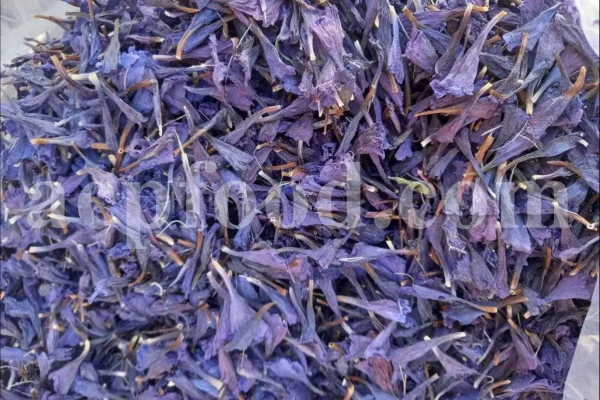
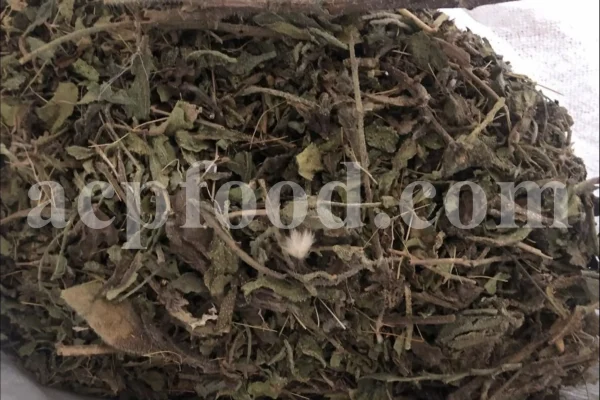
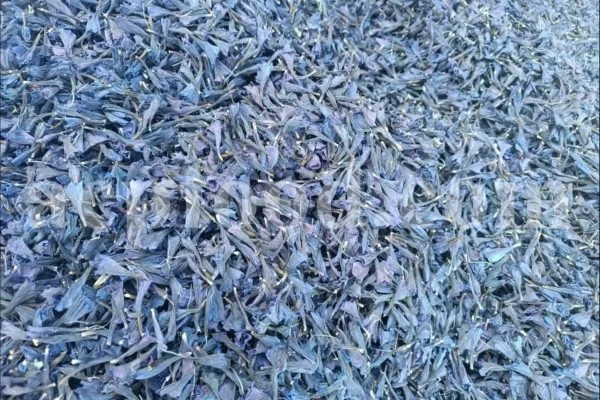
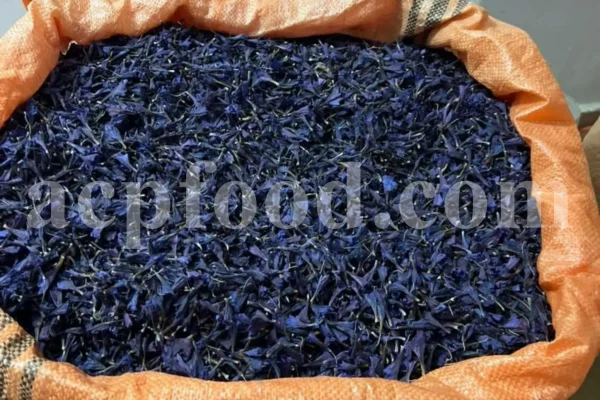
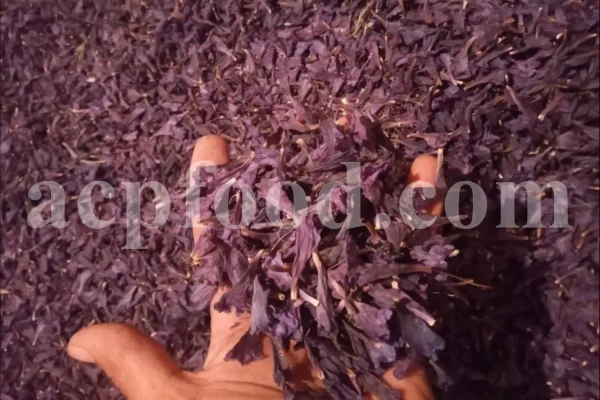
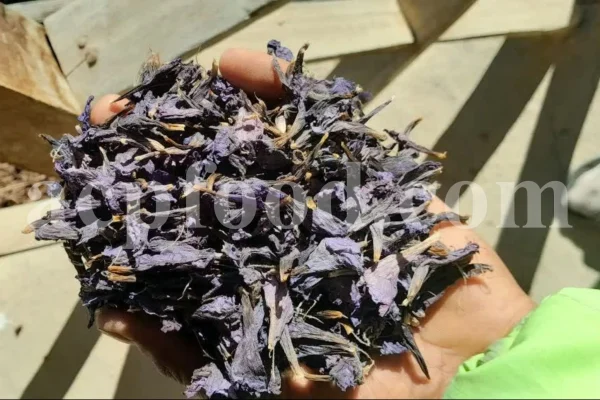

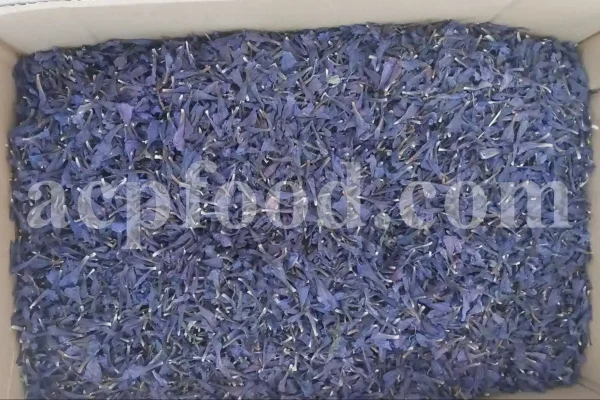
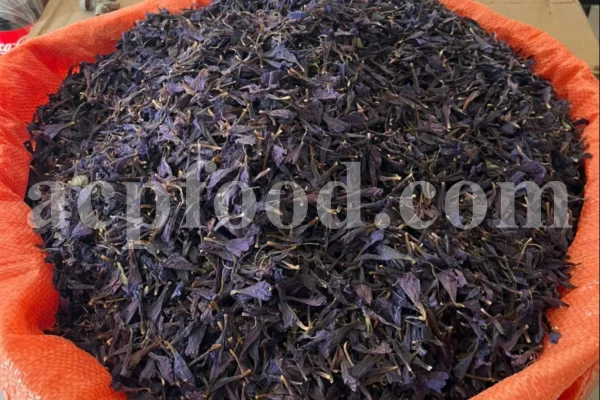

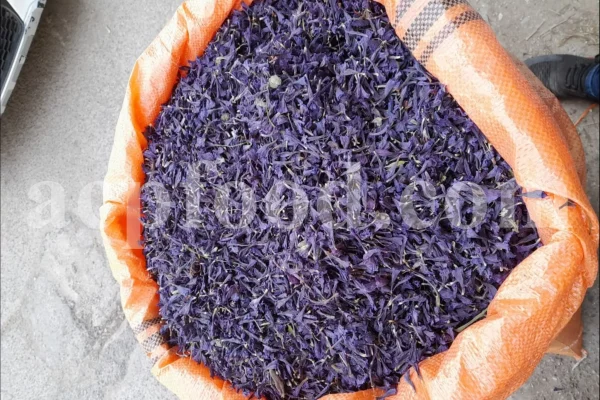
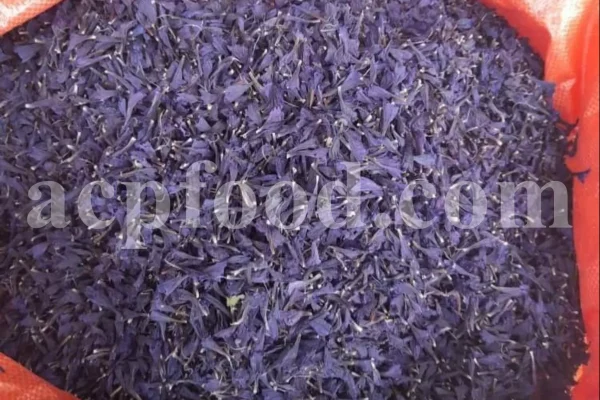
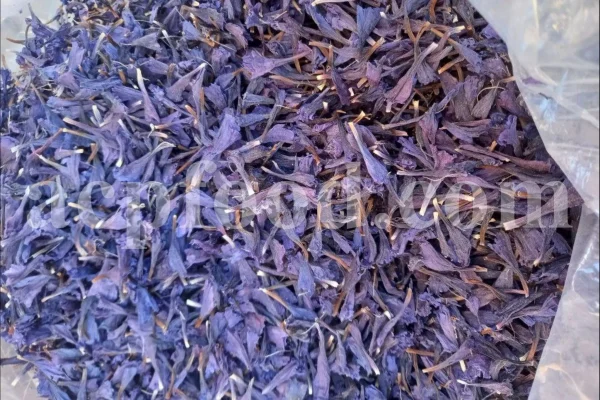
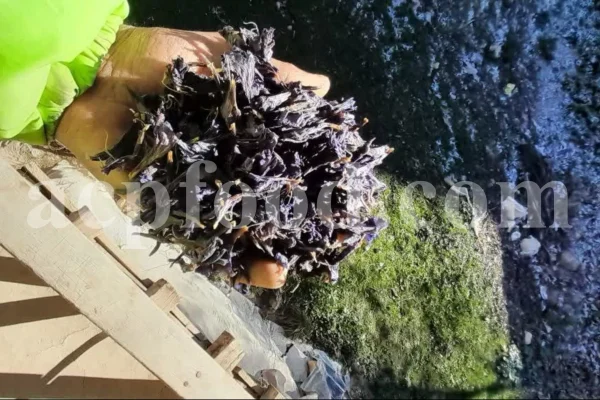
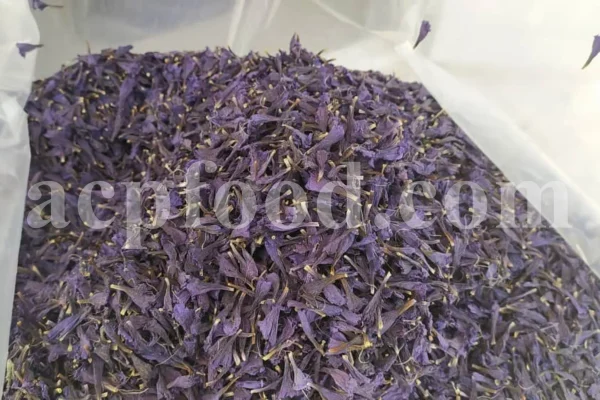
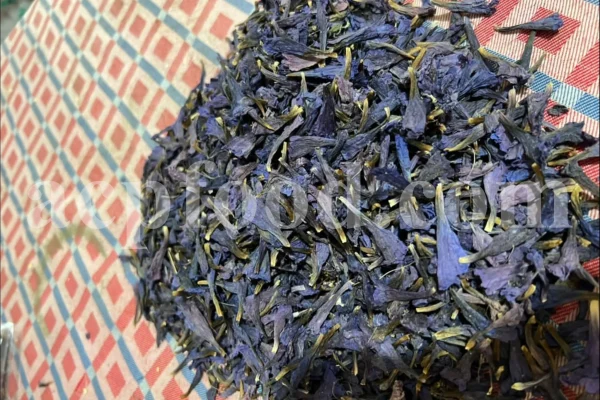
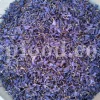
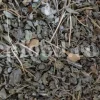
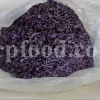
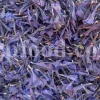
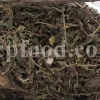
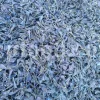
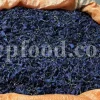
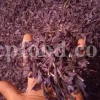
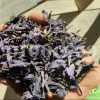
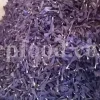
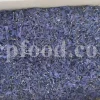
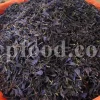
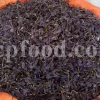
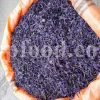
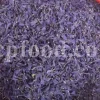
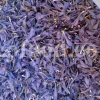
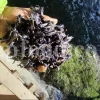

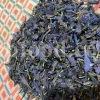
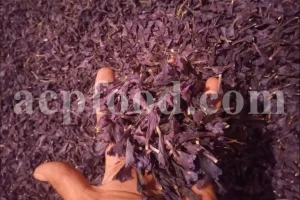
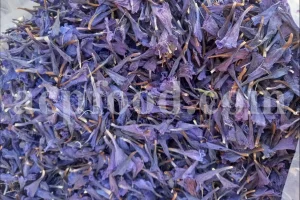
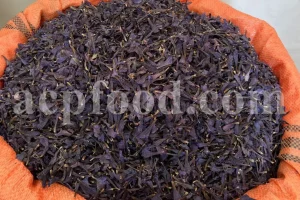
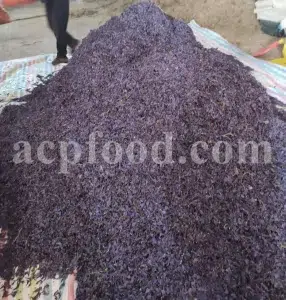
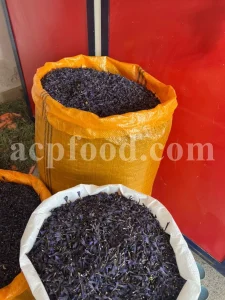


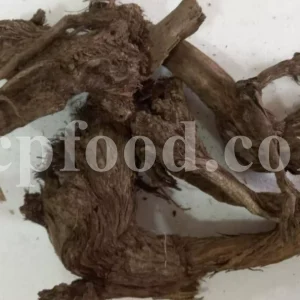
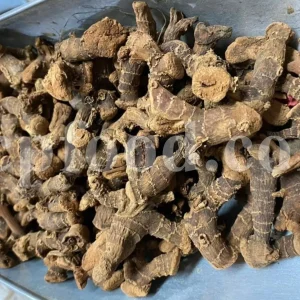
Reviews
There are no reviews yet.